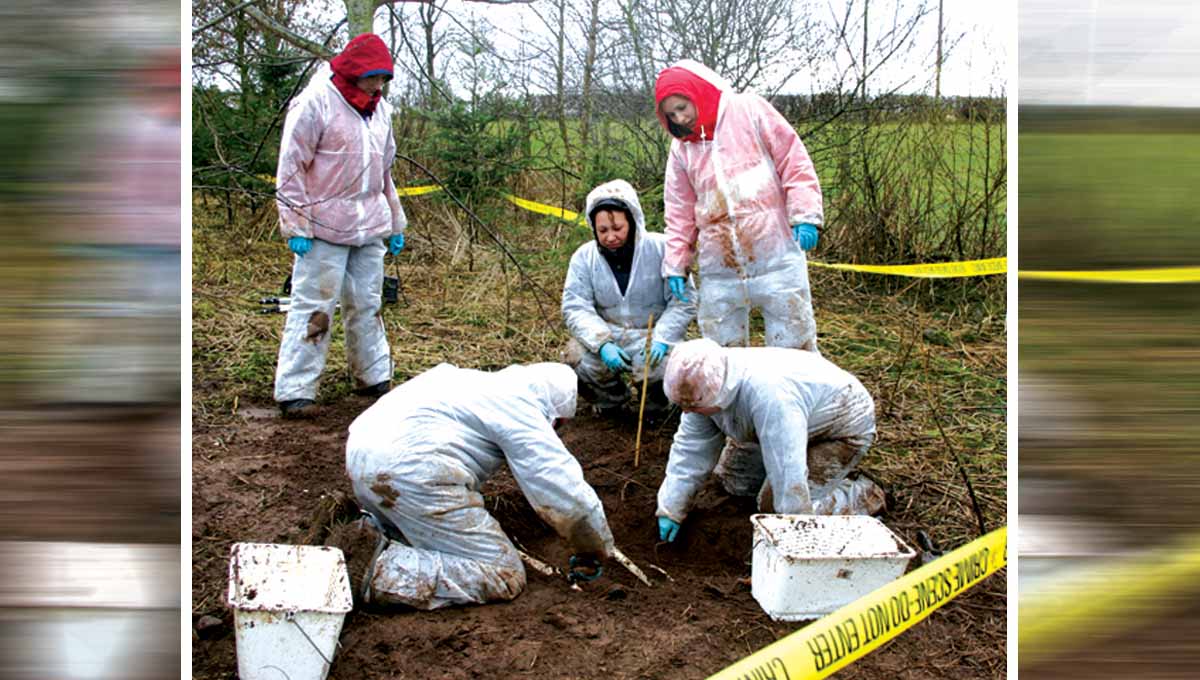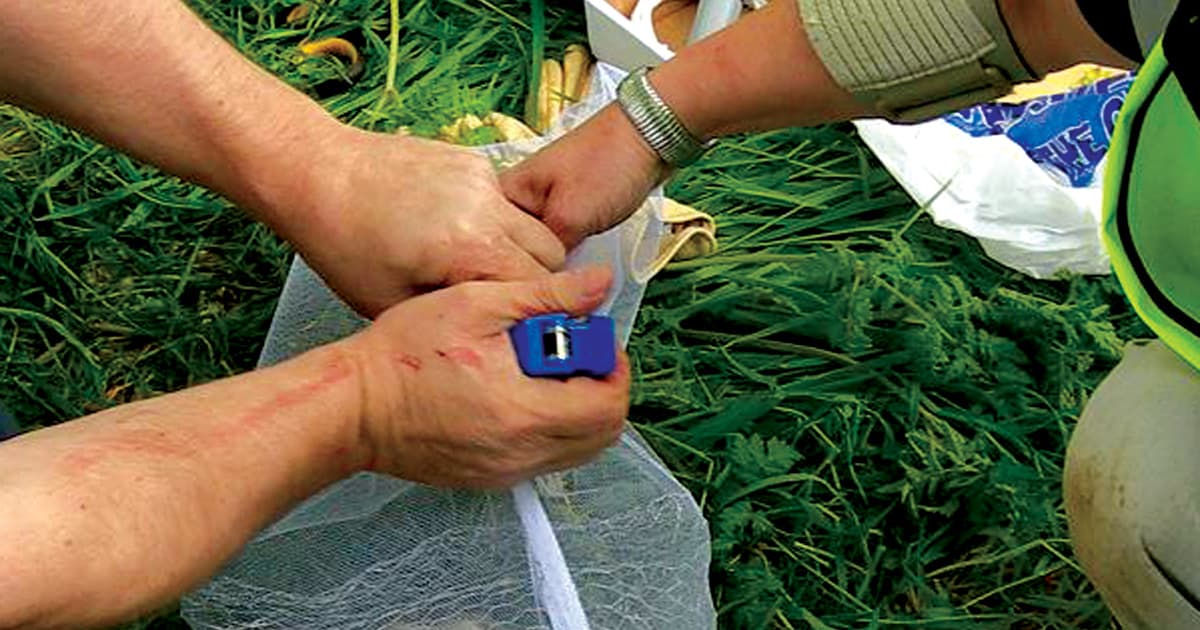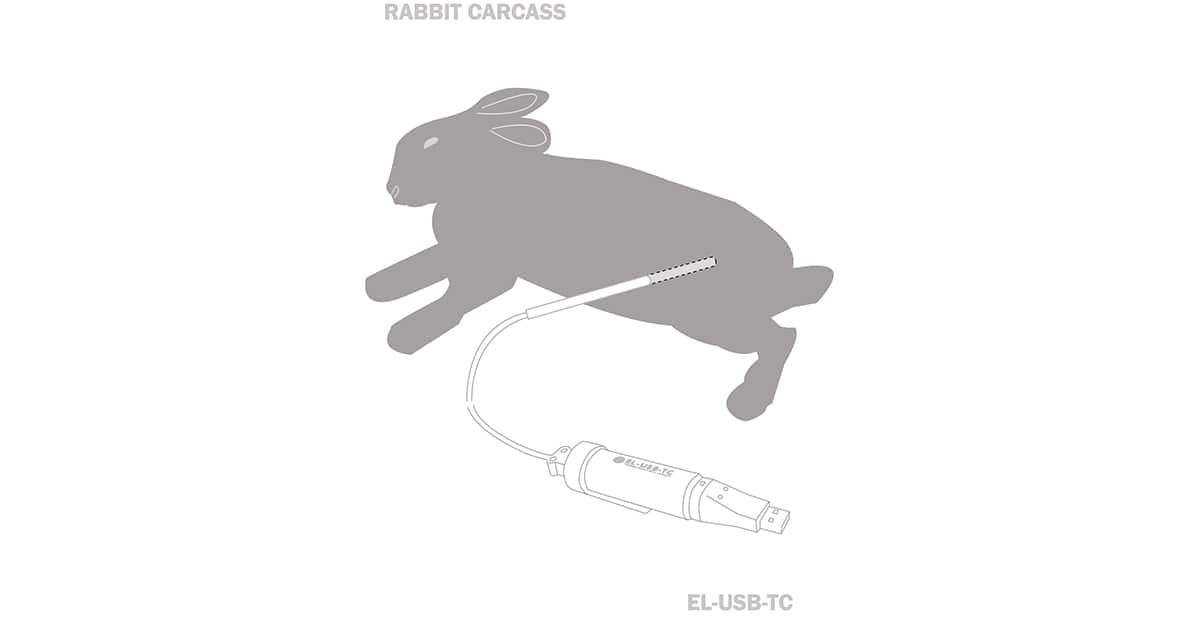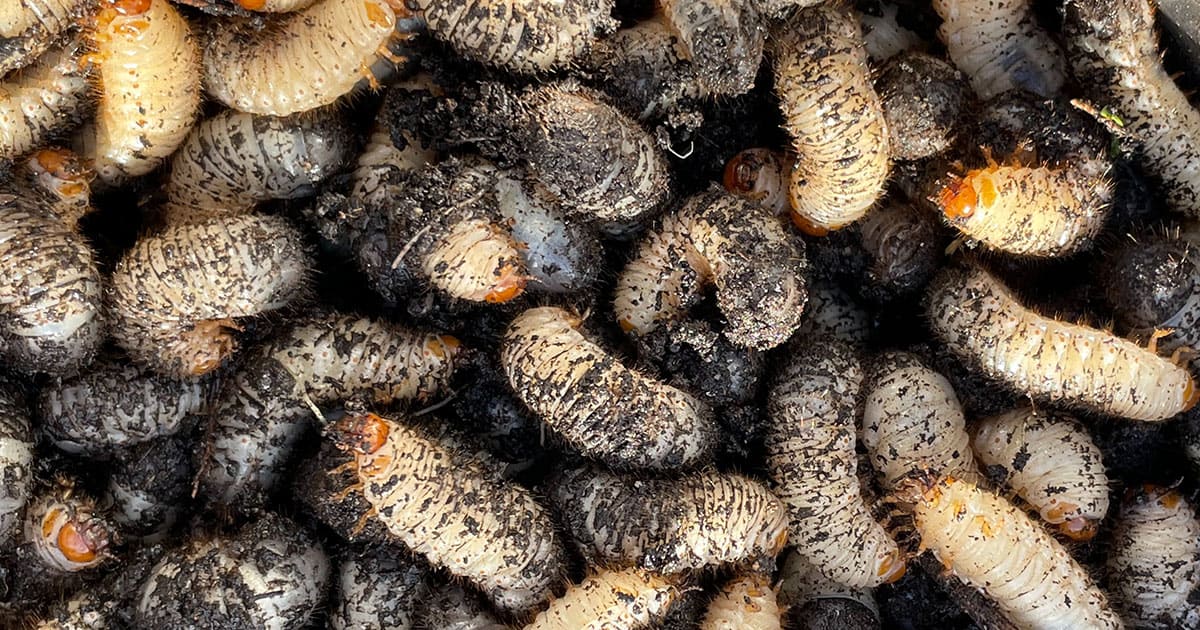Forensic research using Lascar’s EL-USB-TC Thermocouple data loggers
TV shows like CSI and Law and Order have made amateur detectives of the best of us but behind the glamour of TV investigation, the real science of forensics is a powerful tool in the solving of real, very unglamorous crime.
Rachel Adlam is a Senior Demonstrator for the School of Forensic and Investigative Science at the University of Central Lancashire, and she explains why courses like those held at the university are so important in making sure the science continues to evolve. “Forensics plays a key role in investigating crime. Research studies that universities like ours conduct continue to make the science more accurate, increase the breadth of information available to forensics scientists and inevitably elevate its role in crime solving.”

One such study being conducted at the School is the analysis of body decomposition – more particularly, the factors affecting the rate at which decomposition takes place. Rachel explains, “A lot of the information we have on body decomposition tends to be anecdotal and not actually based on solid research. What we’re trying to do is provide real figures to support or refute widely held theories on what influences the process.”

Two factors known to have a significant effect on decomposition are temperature and insect presence. The degree to which they affect decomposition forms the basis of the research conducted by the team Rachel works in, along with post graduates and research students that attend the Forensic School. “We have about an acre and a half of woodland and scrub that we use for our fieldwork. We don’t use actual cadavers. In fact, the type of ‘bodies’ used on our site is highly regulated by several Government agencies. Generally we’re limited in what animals we can use – rabbit carcasses, sometimes pigs,” explains Rachel.
“For this study we’re using about 90 rabbits which we expose to a variety of different environments. During decomposition we measure the temperature of the bodies and the area around them, and it’s this information we use to ascertain the extent of the role played by temperature and insect presence in decomposition.”
To measure these temperatures during what can be up to a 50 or 60 day cycle from complete body to skeletal remains, Rachel has purchased a thermocouple based temperature data logger from manufacturer, Lascar Electronics.

The unit itself is similar in size and format to a memory stick but also includes a mini thermocouple connector at the base of the unit allowing users to attach their choice of J, K or T-type thermocouple. “We need temperature measurements from a variety of different places and using a probe-based data logger gives us that flexibility. Some rabbits have been exposed to insect presence and are then buried – some are not. Some carcasses have not been buried at all – with half exposed to insects and half not. Using the probe means we can track temperature above ground, underground, the soil around the carcass or even inside the rabbit itself without worrying whether these hostile environments will destroy the logger.”
Rachel has programmed the units to continuously track temperature from once an hour in some experiments to once every six hours in others. “Previously we’ve used a simple thermometer and probe to take measurements. Because these products only give you a reading at the time the temperature is taken, we’ve had to dig up and then re-bury remains to take temperatures. Obviously this isn’t ideal when trying to replicate genuine body decomposition. These loggers can log and store up to 32,000 readings. All I have to do is place the probes in the area I want to track temperature and leave them until the experiment has finished. I can then download all time and date stamped readings from the loggers for further analysis and comparison.”

One particular problem that’s been resolved by using these data loggers is the study of maggot mass. “Maggot mass presence in a carcass can raise its internal temperature significantly. When we’ve measured the temperature of maggot mass before, we’ve had to insert a cold probe into a carcass. The maggots instantly recoil from the probe, so the temperature reading becomes somewhat inaccurate. With a probe inserted into the body from the beginning of an experiment we simply don’t have this issue.”
To date, Rachel has been extremely pleased with the loggers and the complexity they’ve removed from the study of carcass temperature. “What we’re essentially doing is pulling together information on thermal energy – the accumulated temperature in bodies subjected to varying conditions during decomposition. Temperature interval sampling provided by the logger is integral to calculating thermal energy, and it’s thermal energy that will ultimately allow forensic scientists to more accurately determine how long a body has been decomposing given its environment or when exactly a murdered body was disposed of.”



